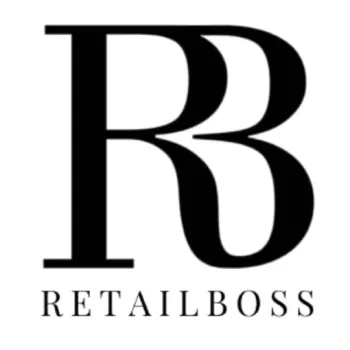Promo codes are an effective marketing tool for ecommerce businesses, helping to boost sales and build customer loyalty. By offering discounts on purchases or free shipping, promo codes incentivize customers to make a purchase and can also encourage them to return in the future. Additionally, promo codes can be shared through social media, email marketing campaigns, and other channels to reach new customers and increase brand awareness.
Ecommerce businesses can also use promo codes as a way to track the success of their marketing efforts and adjust their strategies accordingly. However, it is important for businesses to carefully consider the terms and conditions of their promo codes to ensure they are not losing money or devaluing their products.
To maximize the potential of promo codes, consider implementing these six tips:
1. Avoid generic codes
Instead of using easily guessable or common promo codes, create unique and personalized codes for your customers. This will make it more difficult for shoppers to find and share codes, ensuring that your discounts are only used by the intended audience.
You can create personalized promo codes by using a combination of the customer’s name, purchase history, or other relevant information. This not only makes the customer feel special but also encourages them to continue shopping with your brand. It’s a win-win situation for both parties! So if you haven’t already, consider implementing personalized promo codes in your marketing strategy.
2. Don’t be too obvious
When displaying promo codes on your website or in marketing materials, avoid drawing unnecessary attention to them. Place the promo code box strategically during the checkout process so that customers with a code can easily find it, while those without a code won’t feel like they’re missing out on a discount.
Another way to avoid drawing unnecessary attention to promo codes is by sending them directly to your customers via email. This strategy not only makes the customer feel special but also increases the chances of them using the code since they are less likely to forget about it. Additionally, you can include a personalized message with the code, thanking them for their loyalty and encouraging them to make a purchase.
3. Use customer behavior metrics and segments to set targets
Analyze your customers’ shopping habits and preferences to create targeted promo codes that cater to their specific needs. This will help you offer relevant discounts and incentives, increasing the likelihood of conversions. In addition to analyzing shopping habits, it’s also important to track which promo codes are most successful. This will help you understand what types of discounts and incentives resonate with your customers and can inform future marketing efforts.
You can also consider offering personalized recommendations based on past purchases or browsing history, further increasing the chances of a conversion. By continuously refining your promotional strategies, you can build customer loyalty and drive sales over the long term.
4. Customize promo codes based on customer history
Personalize promo codes for individual customers based on their previous purchases or browsing history. This will make your offers more appealing and increase the chances of customers using the promo codes. Additionally, you can also consider offering promo codes as a reward for customer loyalty.
For instance, customers who have made a certain number of purchases or have spent a certain amount of money can be given exclusive promo codes that are not available to other customers. This will not only increase the chances of repeat business but also create a sense of exclusivity and appreciation among your loyal customers. Another way to make your promo codes more appealing is by offering limited-time discounts or deals that create a sense of urgency and encourage customers to act quickly.
5. Implement creative messaging strategies
Use engaging and creative messaging to promote your promo codes. This could include email campaigns, social media posts, or even SMS messages. Make sure your promotional content is eye-catching and clearly communicates the benefits of using the promo code. One great way to grab your audience’s attention is by using a catchy tagline that highlights the unique benefits of your promo code. For example, if you’re offering a discount on a new product launch, you could use a tagline like “Be the first to save big on our latest collection!”
Another effective strategy is to create visually appealing graphics or videos that showcase your promo code offer. You could even include a countdown timer to create a sense of urgency and encourage your audience to take advantage of the deal before it expires.
6. Monitor and adjust your strategy
Regularly review the performance of your promo codes to identify areas for improvement. Track key metrics such as redemption rates, revenue generated, and customer acquisition costs. Use this data to refine your promo code strategy and ensure it remains effective in driving sales and customer loyalty. Consider segmenting your audience to target specific demographics with personalized promo codes.
Utilize customer data such as purchase history, location, and age to create targeted promotions that resonate with your audience. This can lead to higher redemption rates and increased revenue generation. Additionally, consider testing different types of promotions such as free shipping or a percentage off the total purchase to determine what resonates best with your audience.

















